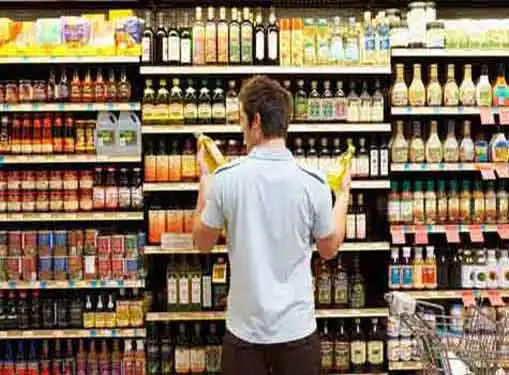Operations Management
The Dangers of Free Fill Programs
Written by Andrew Goldman for Gaebler Ventures
In order to get your product into a new store or distributor, you are often asked to participate in a "free fill" program. Giving away product can be a high price to pay for a new customer. Make sure you've analyzed the cost-benefit before making this decision.
"Free fills" are programs in which suppliers provides a store or distributor free product to put on the shelf.

Stores and distributors expect their suppliers (especially new suppliers) to participate in these free fill programs.
The idea is that the free product can be offered at a discount and entice customers to try a new product.
In addition, it's an opportunity for the store or distributor to test out your product. Many companies looking to get a "foot in the door" with a new customer will participate in these programs.
While they can be successful they can also be detrimental to a company as giving away product for free is not profitable.
Before you participate in the free fill program, make sure you have done a thorough analysis on the costs and expected future earnings from the program. For example, if you anticipate the cost of the program to be $5000, how many future sales will it take for you to break even on the program? Is the store or distributor even capable of selling that much product?
It should also be noted that the free product on the shelf may take a while to sell. As long as the free fill products are on the shelf, you won't be able to sell any product to that customer. So, if it takes the distributor 3 months to burn through the free fill program. You won't see any return on your investment until at least 3 months and you won't break even for even longer.
In addition to calculating the costs and the break-even, you should also consider the opportunity cost of this investment. If you have limited cash flow or resources, the product that you are shipping out for free, could be going somewhere else for a profit. If you are backordering actual sales because you are shipping free fill product out the door then you have a problem. You should only participate in free fill programs if all of your actual customer orders are being fulfilled.
I consulted for a company who had been burned badly by free fill programs. This company produced an all-natural beverage and was so eager to get into a national grocery chain that he offered his own free fill program. The program consisted of 6 free bottles of 3 different products in every store that the grocery chain had. This meant 18 free bottles to every store in the country! The only reason this entrepreneur could pull this off was that he had a lot of personal capital.
Still, this decision set his company back $50,000! To make matters worse, the product sold slowly so there were no future orders until the free product sold out. This meant he did not even see any sales from these stores until months later.
When you participate in free fill programs it's extremely important to understand that having your product on the shelves does not mean it is going to sell. Your product needs to be supported by advertising and marketing. In the example above, the company could not afford to participate in advertising programs because they had invested so much money getting their products on the shelves! This created quite the conundrum.
Free fill programs can be great options or costly failures. The key is to start slow and monitor the results. Don't jump into the free fill world with both feet just to get your product on the shelf. Complete financial analysis and monitor the results. Don't lose your shirt, start slow and see how it works out.
Andrew Goldman is an Isenberg School of Management MBA student at the University of Massachusetts Amherst. He has extensive experience working with small businesses on a consulting basis.
Share this article
Additional Resources for Entrepreneurs

Conversation Board
What's your take on the dangers of "free fill" programs? We welcome all comments and questions.